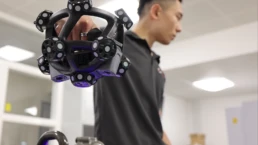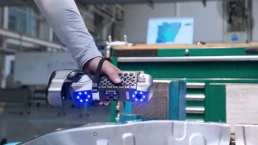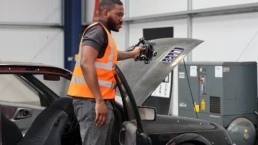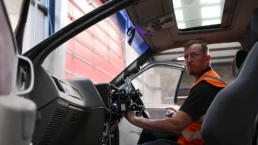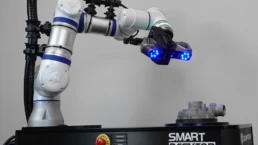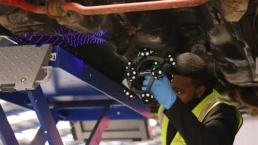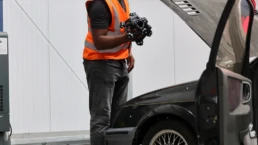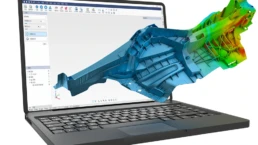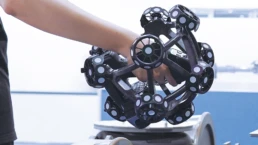Reimagining historical artefacts is now made possible through the power of 3D scanning
We were approached by the Ironbridge Coracle Trust to help with a unique opportunity to help preserve one of the oldest river transport methods in existence, utilising our 3D scanning service. The aim of this project was to recreate a coracle as an exhibit in the new museum in Ironbridge, where visitors can interact with the object and sit in the replica vessel. This is an important heritage project which saw the Coracle Trust receive a grant of £76,000 by the Heritage Lottery Fund to rebuild the coracle shed and commemorate the life and work of river men in the area.
3D portable scanners are used to generate a 3D likeness of the coracle
The engineers at T3DMC used the latest technology in 3D laser scanning to help recreate ancient boat building craft by using reverse engineering. This is when a 3D scan is captured of an existing coracle to capture the precise dimensions of the boat. This data is fed into a 3D printer to create an exact replica of the original item.
Such a technique is regularly used in the manufacturing industry where drawings have been lost or components have been manually modified or worn out over time. 3D scanning is now used extensively, as users can capture a 3D image of the original part to very high accuracy enabling a 3D CAD (Computer Aided Design) model to be created. The 3D CAD is used to support the re-manufacture of the original part, using either advanced machining processes, the latest 3D printing, or additive manufacturing techniques.
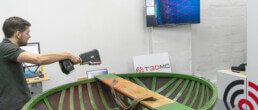
Accuracy and dependability thanks to ScanTech 3D scanners
Neal Taylor, Technical Director of T3DMC said explains more about the project:
“We were all really excited to be able to support such an important heritage project using modern techniques to replicate such an ancient craft. We all live in Shropshire and with our company being based in Bridgnorth, we feel very connected to the local area. We were therefore delighted to assist the Ironbridge Coracle Trust with their project. We used one of our new range of handheld 3D laser scanners for this, as it is capable of measuring larger objects quickly with accuracy levels down to 20 microns, so it is the ideal tool for the job. We do not need to use any surface preparation with this type of scanner so we will not damage the original coracle in any way whilst still capturing accurate 3D scan data.”
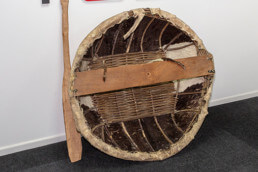
The output from the scan is a computer file containing the exact measurements of the coracle in three dimensions which includes every feature of every surface of the coracle, to make sure the printed version is an exact replica. The end finished result was very durable and suitable for visitors to climb into, in order to get an idea of the skill required to balance and steer such an ancient craft.
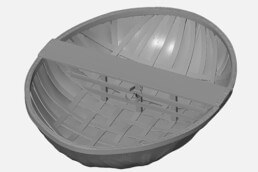
Graham Peet, Ironbridge Coracle Trust said at the time of the project
“We are creating a museum in Ironbridge to tell the story of coracles in the Gorge. As a part of this work, we want to create a replica coracle which will become a coracle sculpture which visitors can sit in without fear of damaging it. Simply interacting with an artefact enables greater learning opportunities for young and old alike.”
If just like the Coracle Museum you have delicate or historical artefacts in need of 3D ‘digital twins’ our team has a wealth of knowledge in the field. We can obtain tri-dimensional images of these objects without the need of ever touching them, so your artefact is safe at all times. The digital image can be used for creating replicas or even producing educational videos for remote visitors.
Simply give our team a call and discuss your requirements or book a demonstration anytime!
Other news articles

